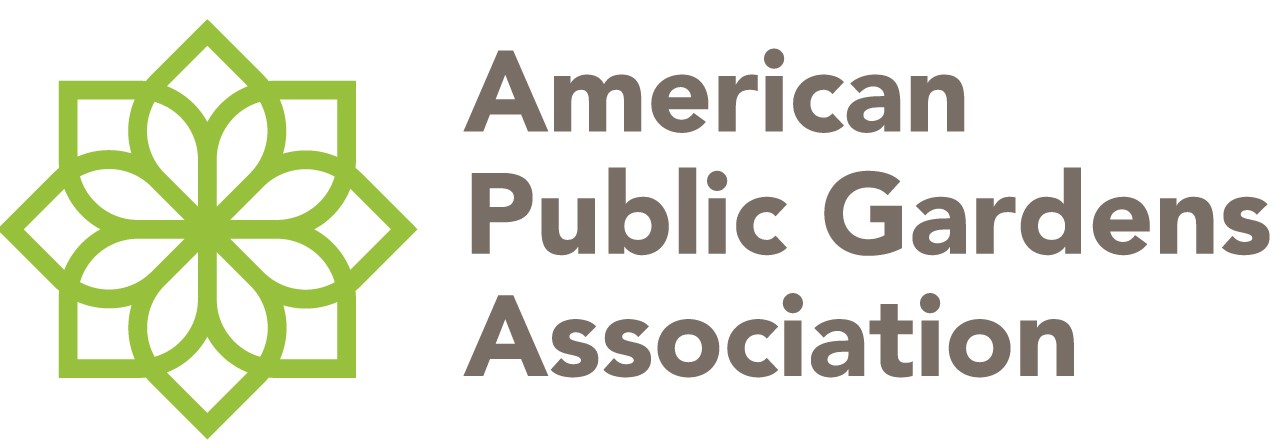DATA IS POWERful
Based on information received from member gardens who shared their Fiscal Year 2020-21 data with the Association’s Garden Benchmarking platform, this is what we know about the hypothetical “median” public garden.
Of course the “Median Public Garden” isn’t your public garden, but Benchmarking will allow you to see your garden in relation to your peers in your area and around the country.
This data is invaluable to you, your peers, your Association, our advocacy efforts, and the future of public horticulture.
Find out about the Median Data Collected in the FY20-21 Multi-Year Trend Report.
| Attendance & Programming | Garden Size |
|
|
| Revenue | Expenses |
|
|
Start today
What will you learn about your public garden’s place in public horticulture? Where can you grow? Where can you safely prune? What areas can you cultivate for better production?




